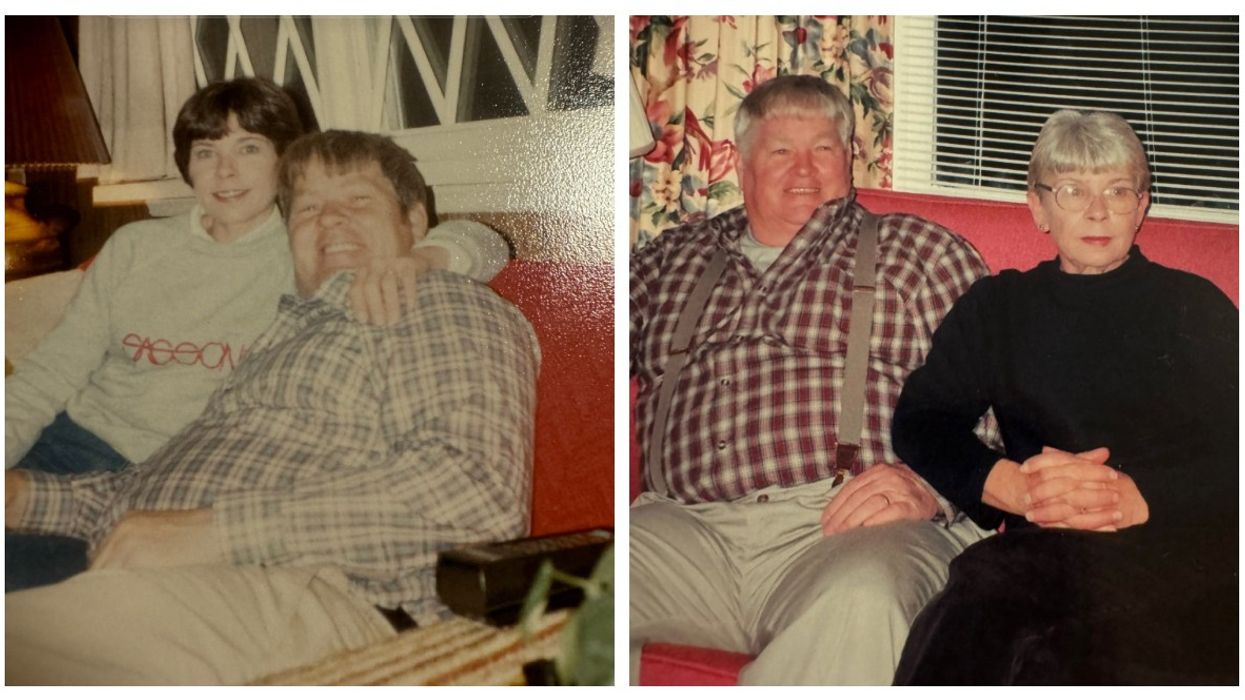
This 4-Minute Brain Hack Will Progressively Turn You Into an Optimist
There are few people who’d argue with the idea that optimism is a key ingredient to success.
After all, how could you ever get somewhere unless you believed it were possible?
However, science does tell us that some of us are naturally more optimistic than others. “It’s easy for them”, you might say, “but I’m not naturally inclined towards optimism.”
Fortunately, if you’re not a natural optimist, the latest findings in positive psychology say that you don’t have to be. In fact, you can train yourself to become an optimist with an extraordinarily simple brain hack.

I believe any success in life is made by going into an area with a blind, furious optimism.– Sylvester Stallone
What is learned optimism?
More than two decades ago, the father of positive psychology, Martin Seligman, coined the term “learned optimism.”
According to Seligman, learned optimism is the ability to cultivate a state of joy and positivity. It’s the opposite of learned helplessness (sometimes called the negativity bias), where one has become conditioned to pessimism.
In the context of the conversation, it’s the idea that you can, in fact, change your basic state of mind from believing the worst will happen– that you’ll always fail– to believing that things will turn out positively.
The 4-minute brain hack that can instantly turn you into an optimist
If you consider yourself a pessimist (or, at least, not the most optimistic person), you might have noticed that gradual transformation occur since you were a teen. Clearly, none of us start out our journeys into the world as pessimists.
However, over the years, the right combination of difficult situations and disappointing outcomes– along with our basic optimism set point– can condition a cognitive bias towards negativity.
This leads us to favor something psychologists call our “aversion network,” or the tendency to hide or turn away from difficult situations. It can unfortunately lead us to become burned out, mentally fatigued, or get discouraged more easily when working towards achieving goals.
But Seligman offers us a simple and straightforward practice that we can use to rewrite that basic conditioning and reprogram ourselves from a negative or neutral state of mind to an optimistic one. It’s done, firstly, by favoring the approach network instead of the aversion network mentioned above.
Follow the three steps below to become more optimistic in about four minutes:
Step 1: Identify your negative self-talk (1 minute)
It can take some time to notice all the threads of your negative self-talk. However, for this exercise, you need to only identify one negative thought at a time. Keep this first step in mind over time and begin writing down any phrases or recurring themes you notice each day so that you can work on them.
The likelihood is, if you take a moment to think about it, you’re probably already aware of some of your negative self-talk (even if much of it lies hidden in the subconscious and must be “dug up”), including recurring worries and beliefs such as “I’m not good enough” or “I’m just going to mess it up." So for this first time, go with one of those more prominent thought patterns that jumps at you right away.
Step 2: Turn inward (1 minute)
Now, with your focal negative thought in mind, it’s time to prepare your brain for the exercise by putting into an optimal state.
For that, adopt a basic meditative state: sit down in a chair or on the floor, close your eyes if you prefer, and turn your attention inward to your breath for a few moments.
Once the mind has begun to settle, notice what arises. Any negativity? Perhaps the same worries that plagued you in the first step? Or something else altogether? Whatever it is, just notice what’s going on within your mind without labeling it as either good or bad.
Step 3: Visualize an optimistic outcome (2 minutes)
Finally, now that you’ve quickly put your mind into the optimal state, it’s time to visualize.
Take the original phrase or idea from your negative self-talk that you identified in the first step and focus in on it. Visualize the best case scenario as it relates to that negativity. So, if you’re worried about how you’re going to perform at an upcoming meeting, imagine yourself knocking it out of the park.
It’s important to really take a minute to dig in here. Imagine each person in vivid detail. What are you wearing? What are you saying? How are you feeling? Remember, it’s a visualization exercise, so really seek to transport yourself into that moment as much as possible.
Once you’ve gotten this simple four-minute practice down, you can use it whenever and wherever you’d like to gradually begin conditioning your mind away from negativity and pessimism towards greater joy and optimism.


















 Two of Mr. Moriarty's students pose with their yearbook from 1982.WHAM via CNN / Video
Two of Mr. Moriarty's students pose with their yearbook from 1982.WHAM via CNN / Video man holding a yearbookWHAM via CNN / Video
man holding a yearbookWHAM via CNN / Video Black and white photos from school yearbookWHAM via CNN / Video
Black and white photos from school yearbookWHAM via CNN / Video Patrick Moriarty (center, blue shirt) and a group of his former students watched the solar eclipse together on Monday in New York.Caitlin Moriarty Hynick
Patrick Moriarty (center, blue shirt) and a group of his former students watched the solar eclipse together on Monday in New York.Caitlin Moriarty Hynick











